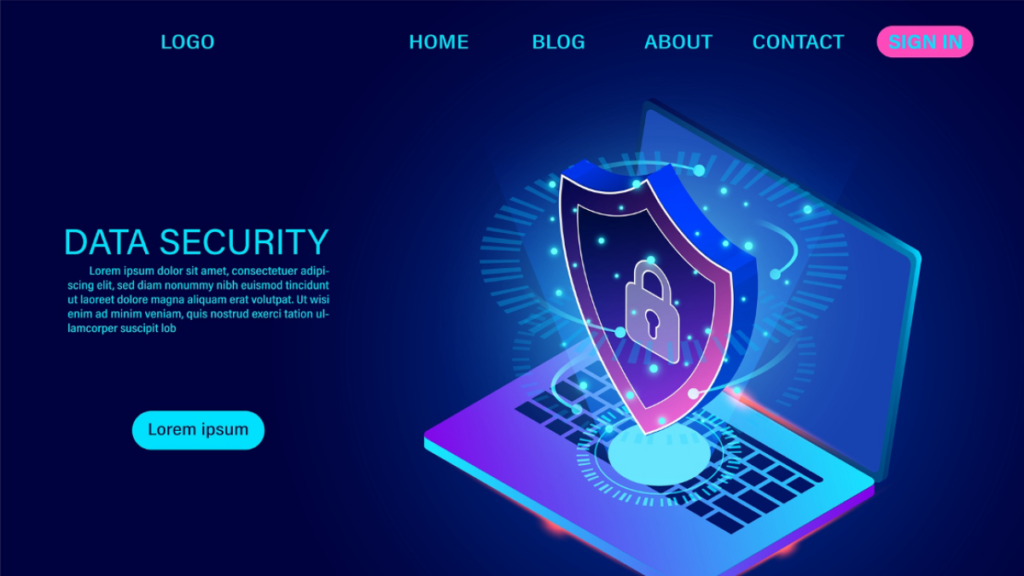Your business data is your valuable possession, but there’ll be others who’d want to access it and use it against you. They could be your competitors looking to steal your ideas and use them to their advantage. Or, they could be cybercriminals seeking to extort money from you. This makes ensuring your business data is secure paramount. Among the ways a cyberattack can occur in your business is during data transfers.
Cyberattackers use ‘sniffing’ tools that allow them to intercept and log data moving across a network. They can analyze this log and access the content sent, including the user IDs and passwords. However, with the proper data security measures, you can protect your data from cyberattackers and transfer it securely. This article shares a few insights on how you can keep your files safe during transfer.
1. Managed File Transfer (MFT)
Contents
The managed file transfer system is a technology that offers a reliable and efficient way for securing data and data transfer. It’s considered the best option compared to data transfer through transfer protocols, peer-to-peer transfer, and cloud services. It allows the reliable exchange of digital data among people and systems in a secure environment. It can be used to move data both internally and externally in a business. The data can also be of various types for compliance purposes—sensitive or high volumes of data.
The features that make MFT effective for secure file transfer include:
- Enhanced security: All data is encrypted, whether it’s being transferred internally or externally, and whether it’s in rest or motion. It also creates session breaks and protocol inspections for maximum protection of sensitive data at different levels.
- Visibility: It provides full visibility for the entire process, allowing you to see who’s transferring, the data being transferred, and its volume. This enables you to see any hitch or delay, and you can remedy it before it affects the downstream workflow.
- Compliance: Strong encryption keeps your business in compliance with data protection standards, helping you to avoid fines that may come with non-compliance.
- Simplified transfers: It’s fast and supports multiple file types.
2. Data Encryption
File transfer protocol (FTP) servers and hyper-text transfer protocol (HTTP) are commonly used to transfer files. Most businesses transferring files between two endpoints rarely think about security during the process. However, these transfer protocols have many security vulnerabilities. In fact, don’t encrypt files for transfer, or store and transmit files in plain text. If an attacker sniffs and gains access, they’ll see the raw data being transferred. By encrypting data, you’re creating a barrier that shields data from exposure.
Encryption is an easy yet effective way you can use to protect your business data during transfer. It only allows authorized parties to read the data, making it a crucial tool in protecting data in transit or storage. Therefore, any attack on such data will be rendered useless. The types of data encryption products available are vast, but it’s recommended that you use a product with extra features, such as masked passwords.
3. Blockchain And Cryptography
Blockchain technology is commonly related to cryptocurrency and payment systems, but it can be employed in a wide range of other business uses. In data protection, the decentralized nature of blockchain makes it harder for cyberattacks as tracking and tracing data sources or endpoints are difficult. Also, cryptography protects data through a private and separate key, and data can only be decoded by someone with a private key.
Such creates a safe channel to transfer data, and you never have to worry about interference of data in transmission. It also eliminates the need for third-party transfer services.
4. Peer-To-Peer (P2P) Communication
With P2P transfer, there’s no dependence on a central server to host data. Instead, it connects clients individually to a distributed peer network that transfers through their personal network connections. It’s an excellent way to transfer data, but within smaller groups of people.
5. Cloud Services
Cloud services also allow the secure storage, transfer, and sharing of files. Files are uploaded to a central point, where others can access, read or share files from. A third party usually hosts the data on the cloud, and you can implement permissions for different levels to enhance security and limit data access.
Cloud services use high-level data encryption that fragments data in unrecognizable formats. Besides, only users with links to the data can access, as well as, depending on their level of permission granted, either to edit, read, or download.
Final Thoughts
Businesses must realize the importance of data protection. Security breaches are on the rise, and cybercriminals look for every available security loophole to attack. These can cause a severe, severe dent in your business’s reputation, and, worse, financial loss. Always remember that data is vulnerable while being transferred as they can be intercepted.

